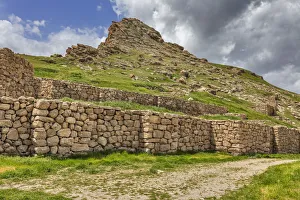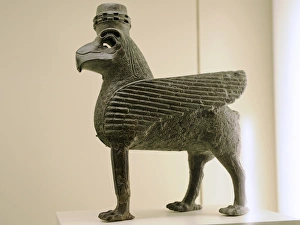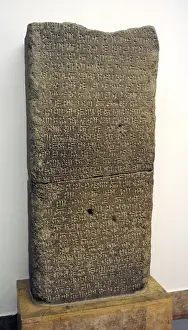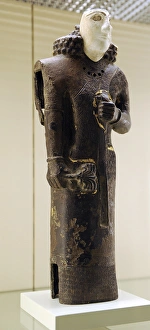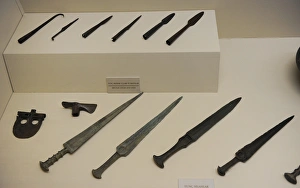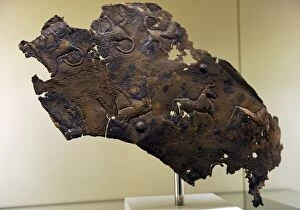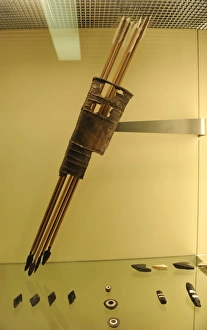Urartian Collection
"Discover the Enigmatic Urartian Civilization: Unveiling Ancient Treasures and Ruins" Step back in time to the fascinating world of the Urartu civilization
All Professionally Made to Order for Quick Shipping
"Discover the Enigmatic Urartian Civilization: Unveiling Ancient Treasures and Ruins" Step back in time to the fascinating world of the Urartu civilization, an ancient kingdom that thrived during the Late Bronze Age. Marvel at the intricate artifacts they left behind, such as the Bronze Sphinx from Tushpa or Toprakkal, a testament to their artistic prowess. Immerse yourself in history with the Stele of Rusa II, King of Urartu (680-6), which offers a glimpse into their political and religious beliefs. Admire statues like the Male figure from Tushpa or Top, showcasing their mastery over sculpting. Witness opulence through gold medallions and pectorals adorned with exquisite designs. These treasures provide insight into their rich culture and appreciation for craftsmanship. Explore ruins like those of Bastam's 7th-century BC Urarten fortress in West Azerbaijan. Walk among remnants of this once-mighty empire, marveling at its architectural grandeur. The Bull Head Attachment is another remarkable artifact dating back to c. 700-600 BC—a bronze masterpiece symbolizing strength and power. Travel northeast Anatolia to delve deeper into Urartian culture—discover more about their rituals, customs, and way of life during this era. Unearthed remains possibly belonging to decorated armor offer glimpses into warfare strategies employed by these ancient warriors—an intriguing aspect worth exploring further. Arrows and quivers found in Tushpa or Toprak highlight military might—their precision weaponry played a crucial role in protecting their lands against adversaries. Picturesque Van stands as a living testimony to this lost civilization's glory days—a citadel perched on rocky terrain surrounded by breathtaking landscapes—a must-visit destination for history enthusiasts. Transport yourself back in time with vintage photographs capturing Van's essence circa 1880—witness how it has evolved while still retaining echoes of its Urartian past.

